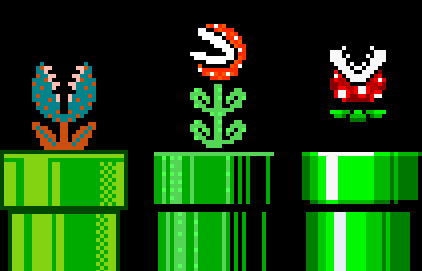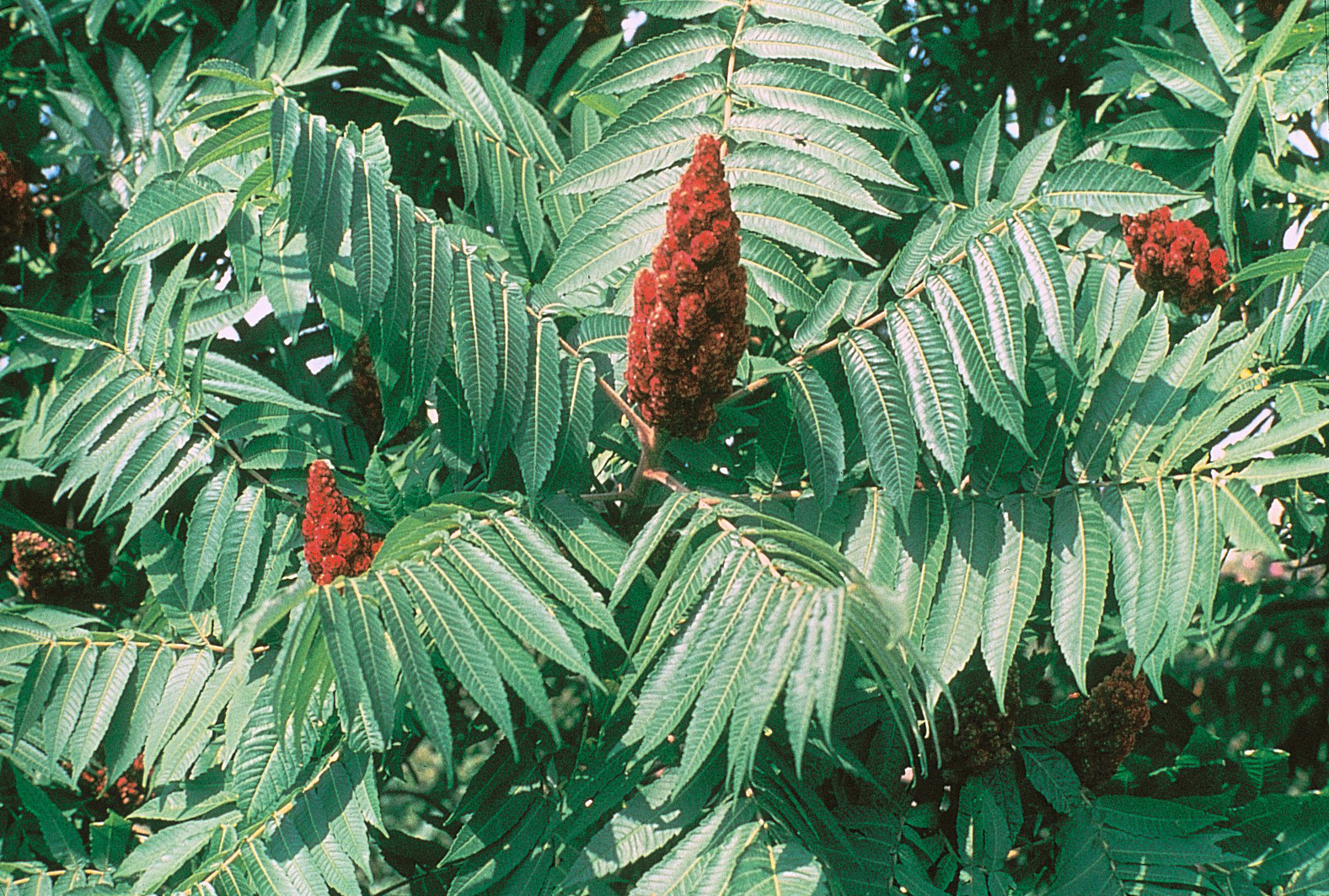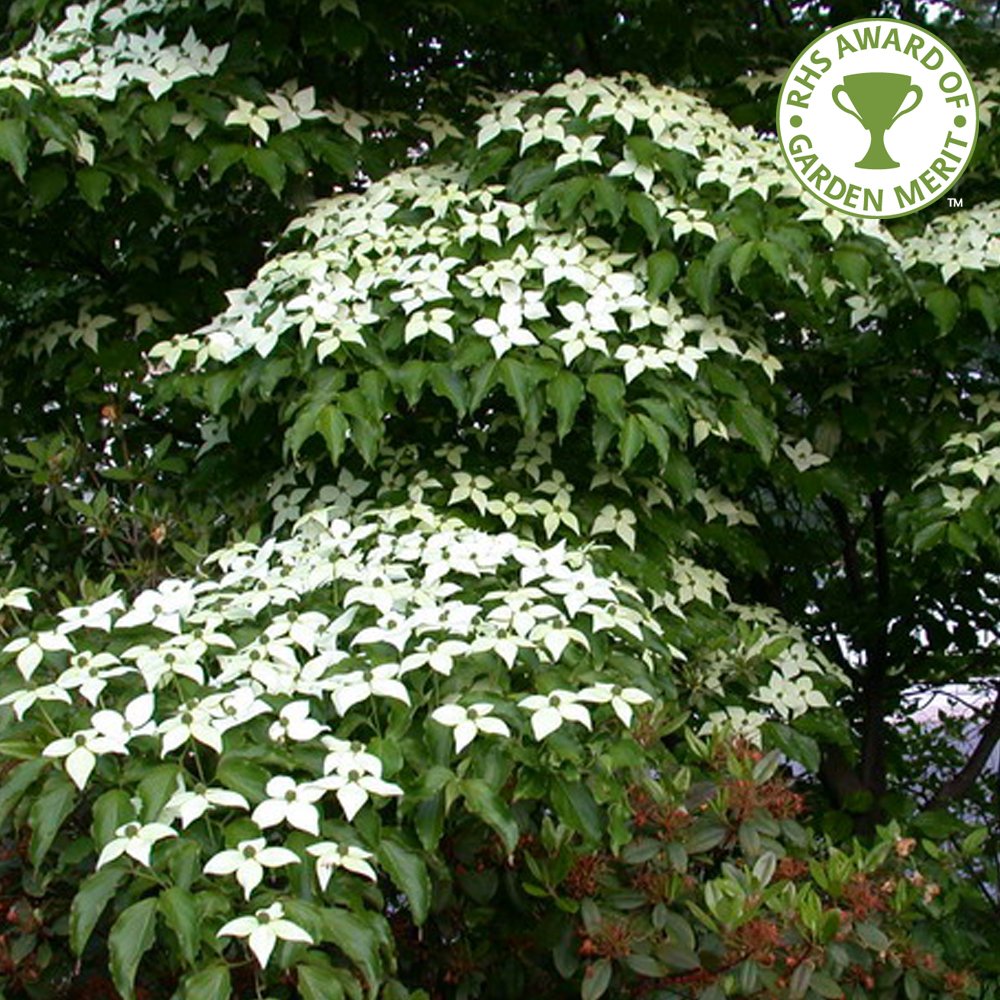Latin Name: Rhus typhina
Common Name: staghorn sumac
Family: Anacardiaceae
Origin: Eastern US
Tree/Shrub/Herb: Deciduous arborescent shrub
Form: Upright with mounded top
Habit: Long shoots with few branches, suckering
Buds: Alternate
Leaves: Pinnately compound, 16-20 leaflets, lanceolate
Flowers: Maroon clusters of fuzzy florets
Stem/Bark: New shoots are pubescent, greyish bark has lenticels
Cultural Requirements: Needs drainage, tolerates most soils, prefers full sun
Landscape Uses: Small garden tree, covering bare slope areas in botanical gardens
Notes: Suckers very vigorously
Latin Name: Oxydendrum arboreum
Common Name: sourwood, oxydendrom
Family: Ericaceae
Origin: Eastern US
Tree/Shrub/Herb: Deciduous tree
Form: Upright, rounded
Habit: Tiers of localized grouped branches
Buds: Alternate
Leaves: Simple, lanceolate, 8-10cm long, lightly serrated, glabrous, folded down midrib
Flowers: Pannicles of urn shaped, small white florets
Stem/Bark: Greyish bark, furrowed and platy with age
Cultural Requirements: Needs good drainage, prefers acidic soil
Landscape Uses: Small garden tree
Notes: This is the sole species in the genus Oxydendrum
Latin Name: Cornus mas
Common Name: cornelian cherry
Family: Cornaceae
Origin: Eastern Europe
Tree/Shrub/Herb: Deciduous tree
Form: Upright, rounded
Habit: Dense spreading branches
Buds: Opposite, round reproductive buds, thin vegetative buds
Leaves: Pairs of leaves curl towards each other, ovate, acute apex, entire, covered in fine white hairs
Flowers: Axillary flowering, umbelliferous, grellow
Fruit: Delicious edible fruit, fleshy red drupe with hard seed
Stem/Bark: Brownish, platy bark which sheds
Cultural Requirements: Moist, organic soils, well drained, full sun to part shade
Landscape Uses: Garden tree
Notes: Flowers before producing leaves in the spring, is one of the first plants to emerge in spring
Latin Name: Parrotia persica
Common Name: ironwood
Family: Hamameliaceae
Origin: North and Central Europe
Tree/Shrub/Herb: Deciduous tree
Form: Upright, wide
Habit: Long primary branching from a central area
Buds: Alternate, slightly curved, 2 scales, held closely to stem
Leaves: Oblique, obovate, undulating margin
Flowers: Dark red clusters with 4 sepals and no petals
Fruit: Bi-valved capsules containing 2 seeds
Stem/Bark: Greyish brown bark, zig-zag stems
Cultural Requirements: Moist, somewhat acidic, well drained soil in full sun
Landscape Uses: Common as a park tree
Notes: Generally quite disease resistant
Latin Name: Cornus canadensis
Common Name: bunchberry
Family: Cornaceae
Origin: Northern North America, Siberia
Tree/Shrub/Herb: Deciduous, woody sub-shrub
Form: Low, spreading
Habit: Matlike
Buds: Whorled
Leaves: Ovate, pointed apex
Flowers: Showy white flowers with 4-6 bracts
Fruit: Red berries
Stem/Bark: Woody stem
Cultural Requirements: Moist, well drained, acidic, organic soil; full to semi shade
Landscape Uses: Ground cover, but can be fickle to grow in gardens
Notes: A common native plant that you may see on hikes in the area
Latin Name: Cornus x 'Eddie's White Wonder'
Common Name: Eddie's white wonder
Family: Cornaceae
Origin: Garden origin
Tree/Shrub/Herb: Deciduous tree
Form: Columnar with flat top
Habit: Single leader, horizontal arching branches, branching occurs in a regular pattern
Buds: Opposite
Leaves: Simple, ovate, pointed apex
Flowers: Showy white flowers
Fruit: Red, compound berry
Stem/Bark: Greyish brown bark
Cultural Requirements: Moist, well drained soil in full sun to semi shade
Landscape Uses: Park or boulevard trees
Notes: Resistant to anthracnose
Latin Name: Cornus florida
Common Name: Eastern flowering dogwood
Family: Cornaceae
Origin: Eastern North America
Tree/Shrub/Herb: Deciduous tree
Form: Upright, rounded
Habit: Branches and twigs curving upwards
Buds: Opposite, fat reproductive buds, skinny vegetative buds
Leaves: Simple, ovate, pointed apex
Flowers: Showy white flowers
Fruit: Clusters of red drupes
Stem/Bark: Greyish brown bark, glaucous covering on tertiary stems
Cultural Requirements: Moist, well drained soil in full sun to semi shade
Landscape Uses: Small garden tree
Notes: Very susceptible to anthracnose
Latin Name: Cornus kousa
Common Name: Chinese/Korean/Japanese dogwood
Family: Cornaceae
Origin: Eastern Asia
Tree/Shrub/Herb: Deciduous tree
Form: Upright, vaselike
Habit: Upward pointing branches, dense and twiggy
Buds: Opposite, round reproductive buds, thin vegetative buds
Leaves: Simple, ovate, pointed apex
Flowers: Showy white flowers
Fruit: Globose red compound berry
Stem/Bark: Greyish brown bark
Cultural Requirements: Organic, moist, well drain soil; full sun to part shade
Landscape Uses: Garden tree
Notes: Fruits are quite delicious
Latin Name: Cornus nuttallii
Common Name: western flowering dogwood
Family: Cornaceae
Origin: Western North America
Tree/Shrub/Herb: Deciduous tree
Form: Upright and flat topped
Habit: Long primary branching angled upwards
Buds: Opposite
Leaves: Simple, ovate, pointed apex
Flowers: Showy white flowers
Fruit: Red, compound berry
Stem/Bark: Greyish brown bark
Cultural Requirements: Moist, well drained soil in full sun to semi shade
Landscape Uses: Large garden tree or park tree
Notes: Native species to this area, cultivated specimens almost always have anthracnose
Latin Name: Cornus sericea (formerly C. stolonifera)
Common Name: red osier dogwood
Family: Cornaceae
Origin: Northern and Western North America
Tree/Shrub/Herb: Deciduous shrub
Form: Upright, arching stems
Habit: Multi stemmed from base
Buds: Opposite, twin terminal, no chubby buds like other Cornus
Leaves: Simple, ovate, acute apex
Flowers: Flat topped white cyme
Fruit: Showy white berries
Stem/Bark: Red stems with white lenticels
Cultural Requirements: Wide range of soil conditions, full sun to semi shade
Landscape Uses: In drifts, paired with yellow stemmed cultivar for contrast
Notes: A common native species in this area, this plant transplants easily








